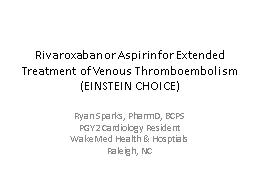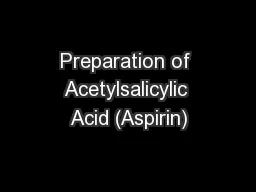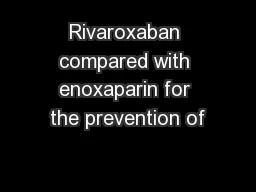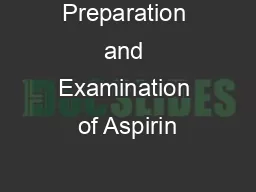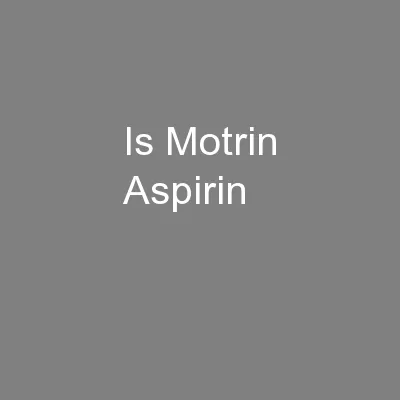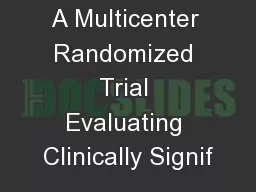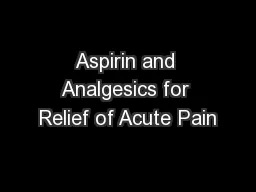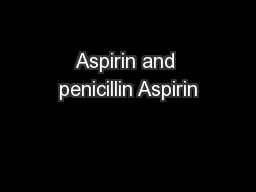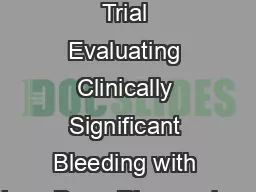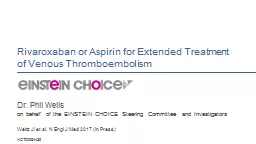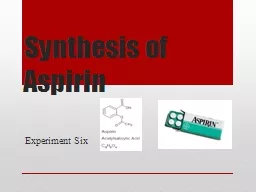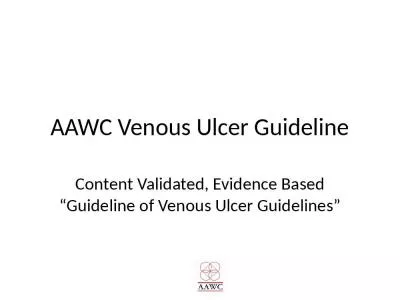PPT-Rivaroxaban or Aspirin for Extended Treatment of Venous Thr
Author : yoshiko-marsland | Published Date : 2017-12-09
EINSTEIN CHOICE Ryan Sparks PharmD BCPS PGY2 Cardiology Resident WakeMed Health amp Hosptials Raleigh NC Dr Ryan Sparks presenter Current PGY2 Cardiology Resident
Presentation Embed Code
Download Presentation
Download Presentation The PPT/PDF document "Rivaroxaban or Aspirin for Extended Trea..." is the property of its rightful owner. Permission is granted to download and print the materials on this website for personal, non-commercial use only, and to display it on your personal computer provided you do not modify the materials and that you retain all copyright notices contained in the materials. By downloading content from our website, you accept the terms of this agreement.
Rivaroxaban or Aspirin for Extended Treatment of Venous Thr: Transcript
Download Rules Of Document
"Rivaroxaban or Aspirin for Extended Treatment of Venous Thr"The content belongs to its owner. You may download and print it for personal use, without modification, and keep all copyright notices. By downloading, you agree to these terms.
Related Documents

